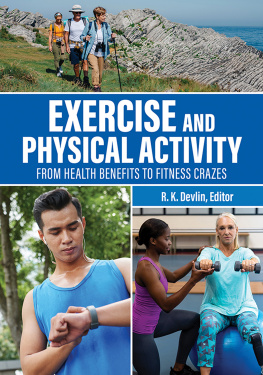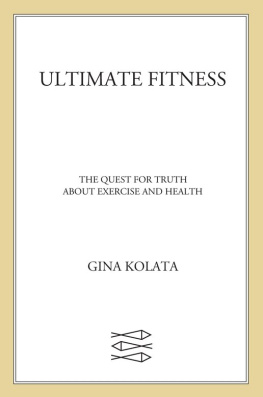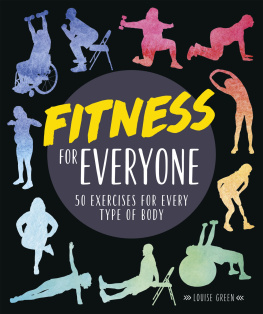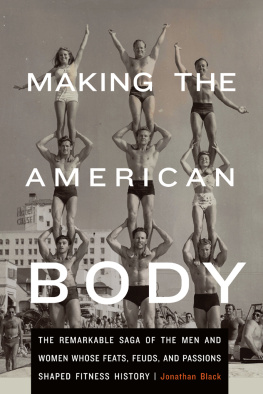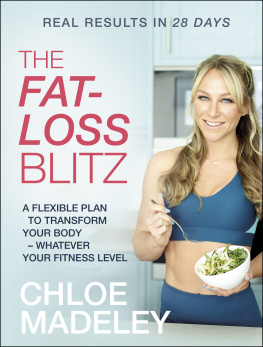Shelly McKenzie - Getting Physical: The Rise of Fitness Culture in America
Here you can read online Shelly McKenzie - Getting Physical: The Rise of Fitness Culture in America full text of the book (entire story) in english for free. Download pdf and epub, get meaning, cover and reviews about this ebook. City: Lawrence, year: 2013, publisher: University Press of Kansas, genre: Science. Description of the work, (preface) as well as reviews are available. Best literature library LitArk.com created for fans of good reading and offers a wide selection of genres:
Romance novel
Science fiction
Adventure
Detective
Science
History
Home and family
Prose
Art
Politics
Computer
Non-fiction
Religion
Business
Children
Humor
Choose a favorite category and find really read worthwhile books. Enjoy immersion in the world of imagination, feel the emotions of the characters or learn something new for yourself, make an fascinating discovery.

- Book:Getting Physical: The Rise of Fitness Culture in America
- Author:
- Publisher:University Press of Kansas
- Genre:
- Year:2013
- City:Lawrence
- Rating:5 / 5
- Favourites:Add to favourites
- Your mark:
Getting Physical: The Rise of Fitness Culture in America: summary, description and annotation
We offer to read an annotation, description, summary or preface (depends on what the author of the book "Getting Physical: The Rise of Fitness Culture in America" wrote himself). If you haven't found the necessary information about the book — write in the comments, we will try to find it.
Archivists and Librarians in the History of the Health Sciences Award
From Charles Atlas to Jane Fonda, the fitness movement has been a driving force in American culture for more than half a century. What started as a means of Cold War preparedness now sees 45 million Americans spend more than $20 billion a year on gym memberships, running shoes, and other fitness-related products.
In this first book on the modern history of exercise in America, Shelly McKenzie chronicles the governmental, scientific, commercial, and cultural forces that unitedsometimes unintentionallyto make exercise an all-American habit. She tracks the development of a new industry that gentrified exercise and made the pursuit of fitness the hallmark of a middle-class lifestyle. Along the way she scrutinizes a number of widely held beliefs about Americans and their exercise routines, such as the link between diet and exercise and the importance of workplace fitness programs.
While Americans have always been keen on cultivating health and fitness, before the 1950s people who were preoccupied with their health or physique were often suspected of being homosexual or simply odd. As McKenzie reveals, it took a national panic about childrens health to galvanize the populace and launch President Eisenhowers Council on Youth Fitness. She traces this newborn era through TV trailblazer Jack La Lannes popularization of fitness in the 60s, the jogging craze of the 70s, and the transformation of the fitness movement in the 80s, when the emphasis shifted from the individual act of running to the shared health-club experience. She also considers the new popularity of yoga and Pilates, reflecting todays emphasis on leanness and flexibility in body image.
In providing the first real cultural history of the fitness movement, McKenzie goes beyond simply recounting exercise trends to reveal what these choices say about the people who embrace them. Her examination also encompasses battles over food politics, nutrition problems like our current obesity epidemic, and people left behind by the fitness movement because they are too poor to afford gym memberships or basic equipment.
In a country where most of us claim to be regular exercisers, McKenzies study challenges us to look at why we exerciseor at least why we think we shouldand shows how fitness has become a vitally important part of our American identity.
Shelly McKenzie: author's other books
Who wrote Getting Physical: The Rise of Fitness Culture in America? Find out the surname, the name of the author of the book and a list of all author's works by series.




